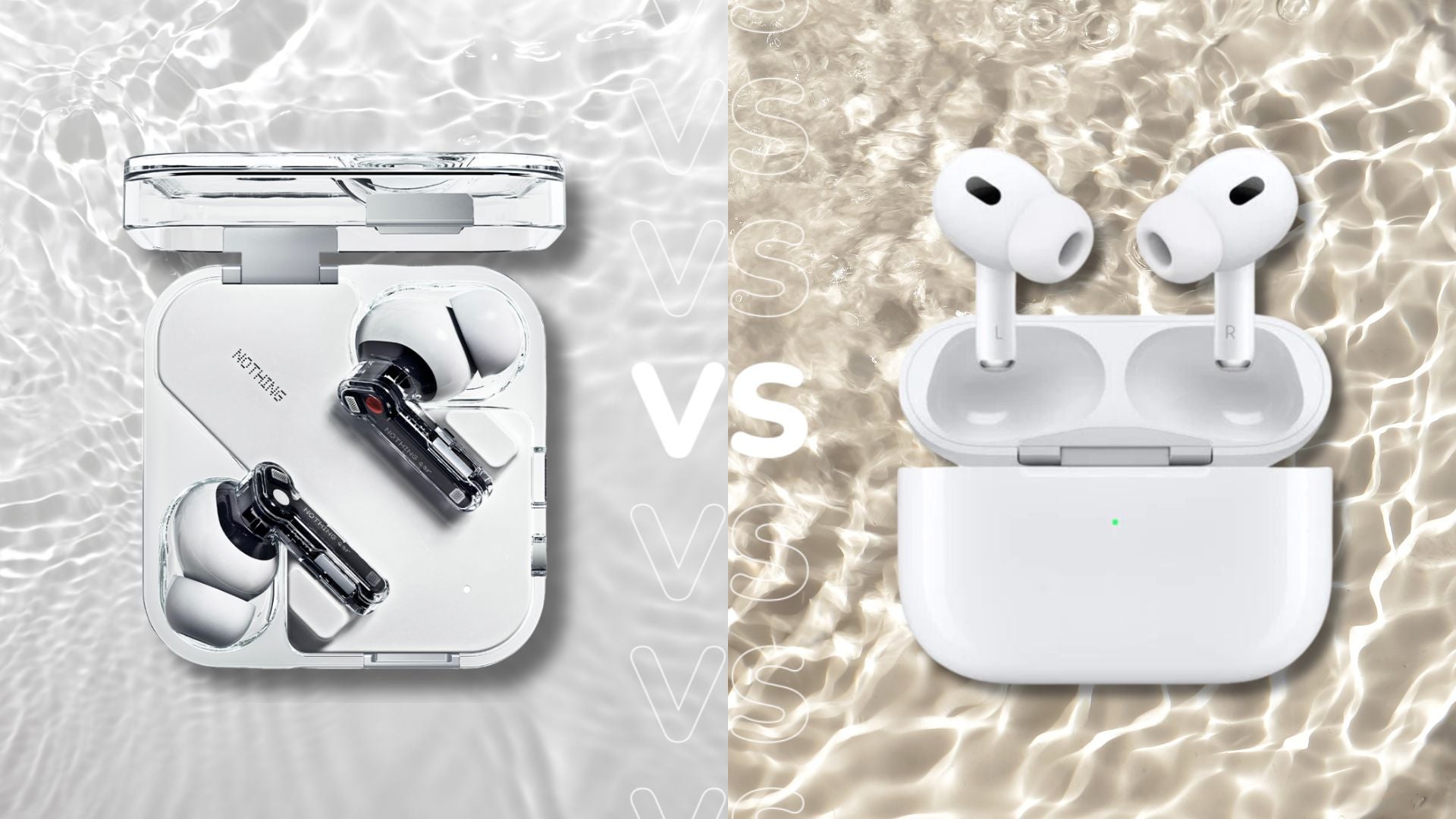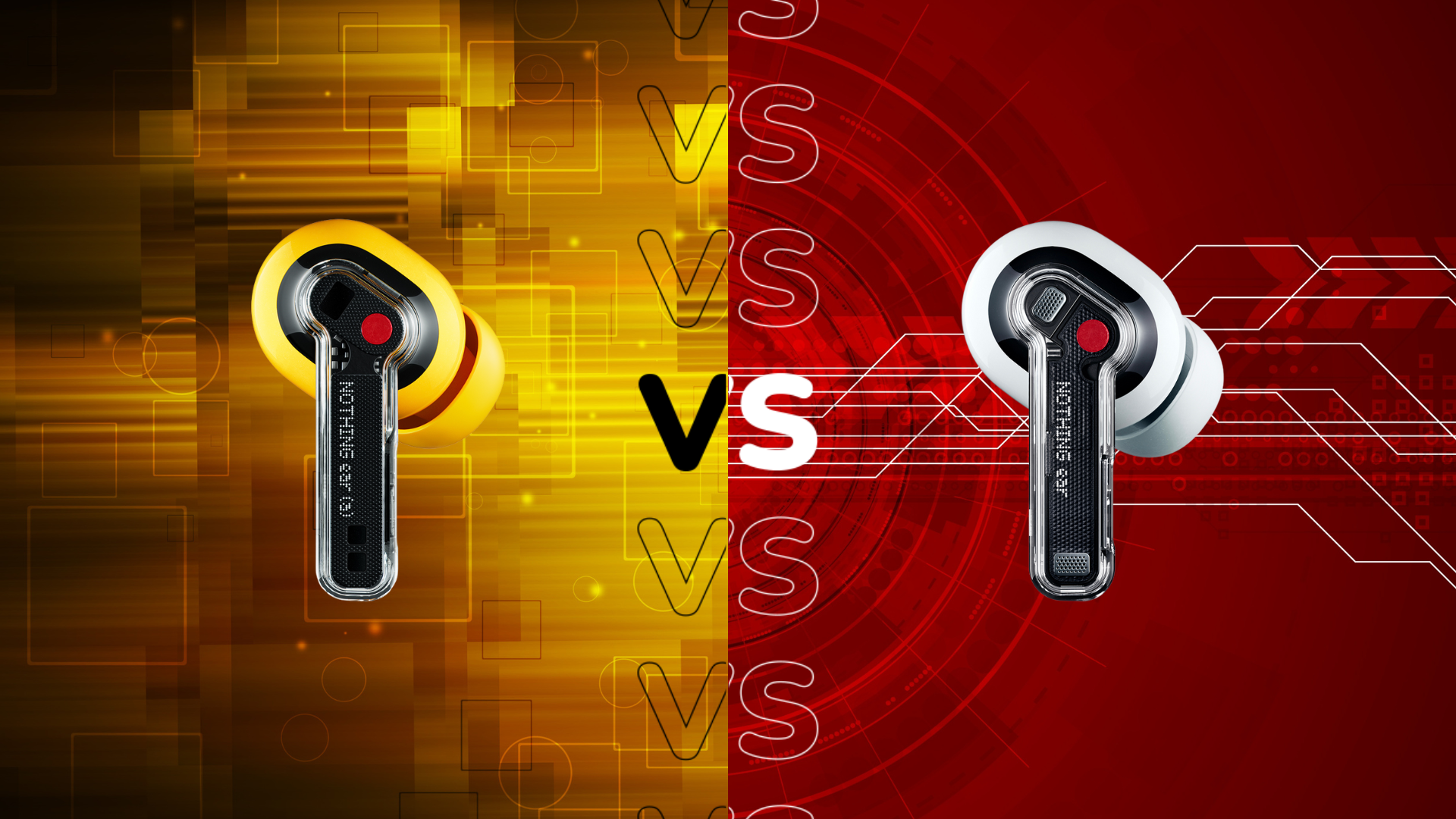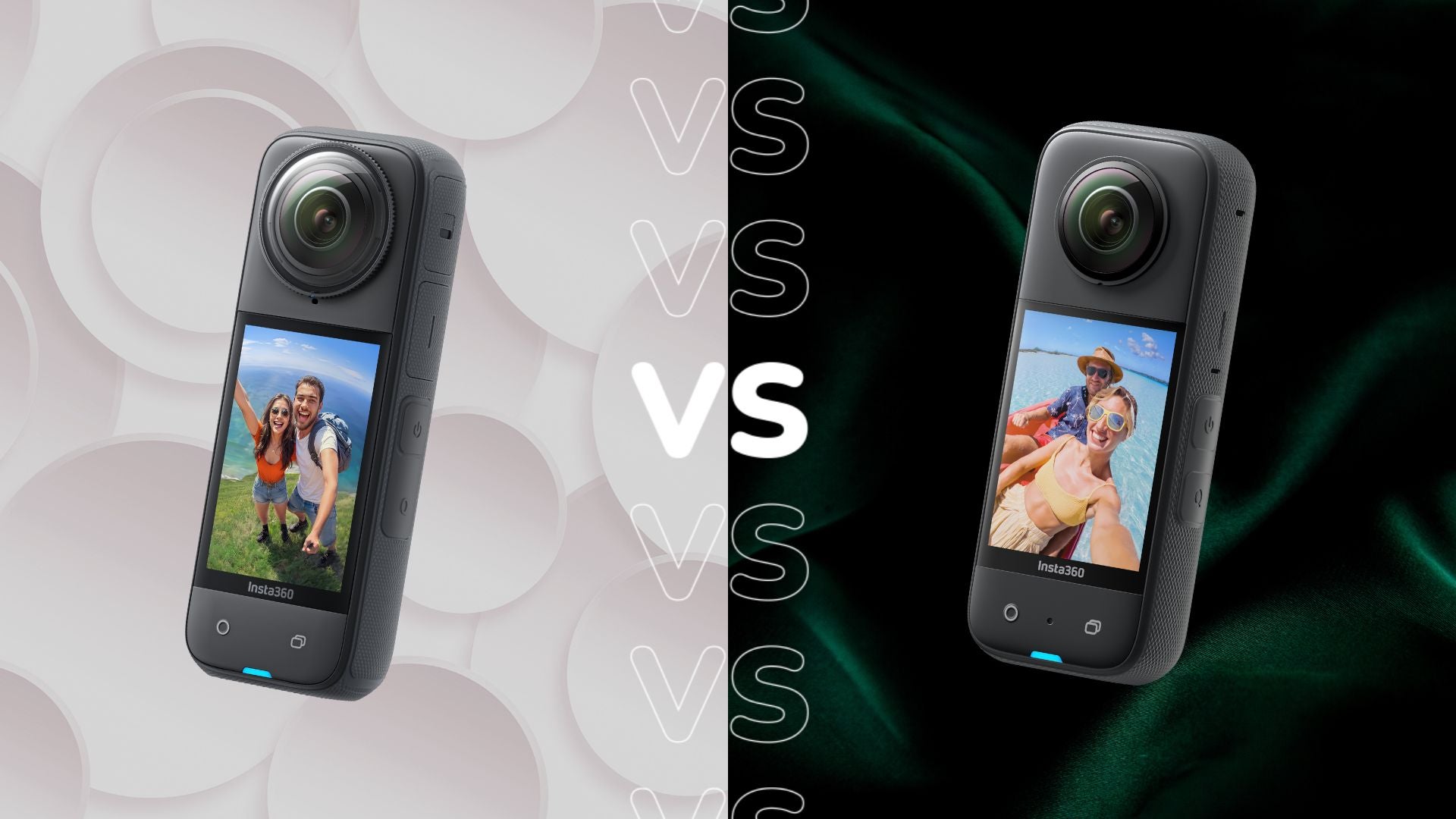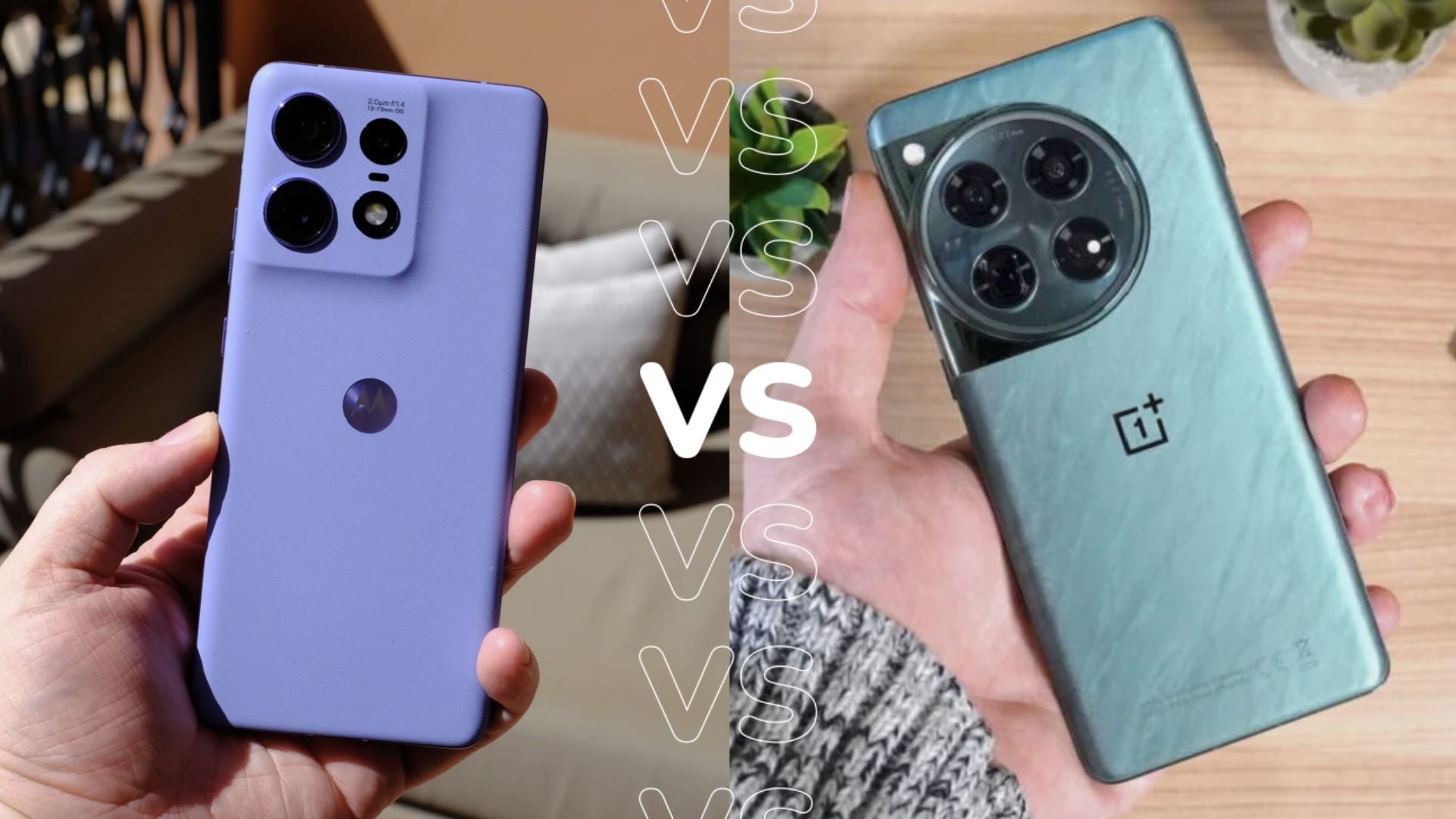Nokia G22 vs Nokia G21: What’s the difference?
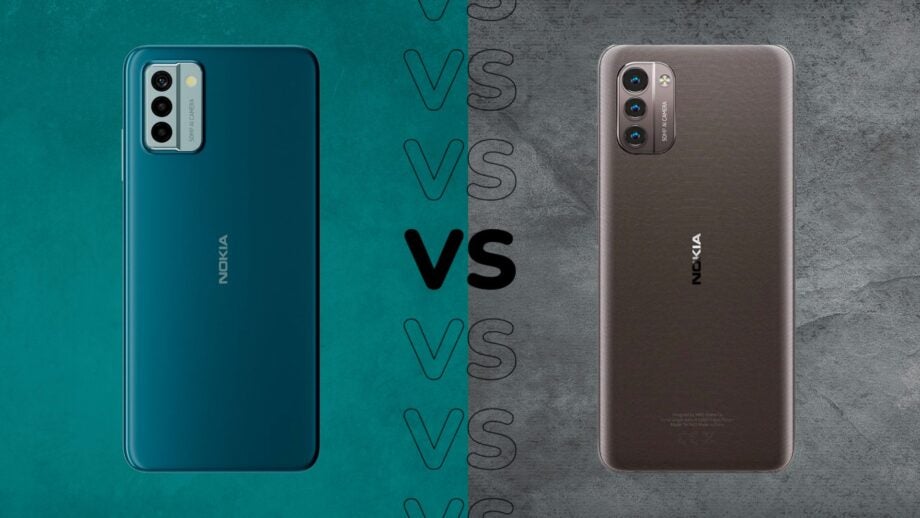
The Nokia G22 may look near-identical to the Nokia G21, but there are key differences between the two that may sway your vote one way or the other.
While the Nokia G22 boasts a design that allows for quick and easy repair, the year-old Nokia G21 is now much cheaper at just £119, and there are plenty of similarities between the two. The question is, is there enough difference between the two to fork out the additional £50 for the £169 Nokia G22?
Let’s break down the key differences between the Nokia G22 and Nokia G21 to see which is best for your needs.
Design and screen
The Nokia G22 and Nokia G21 may look similar on the surface, but there’s a fundamental difference between the two: the Nokia G22 has been designed with repairability in mind.
This furthers Nokia’s long-term guarantee, not only offering an extended warranty and long-term software support but the ability to easily swap out components like the battery, display and even the USB-C port – aka the three components that usually need repairing.
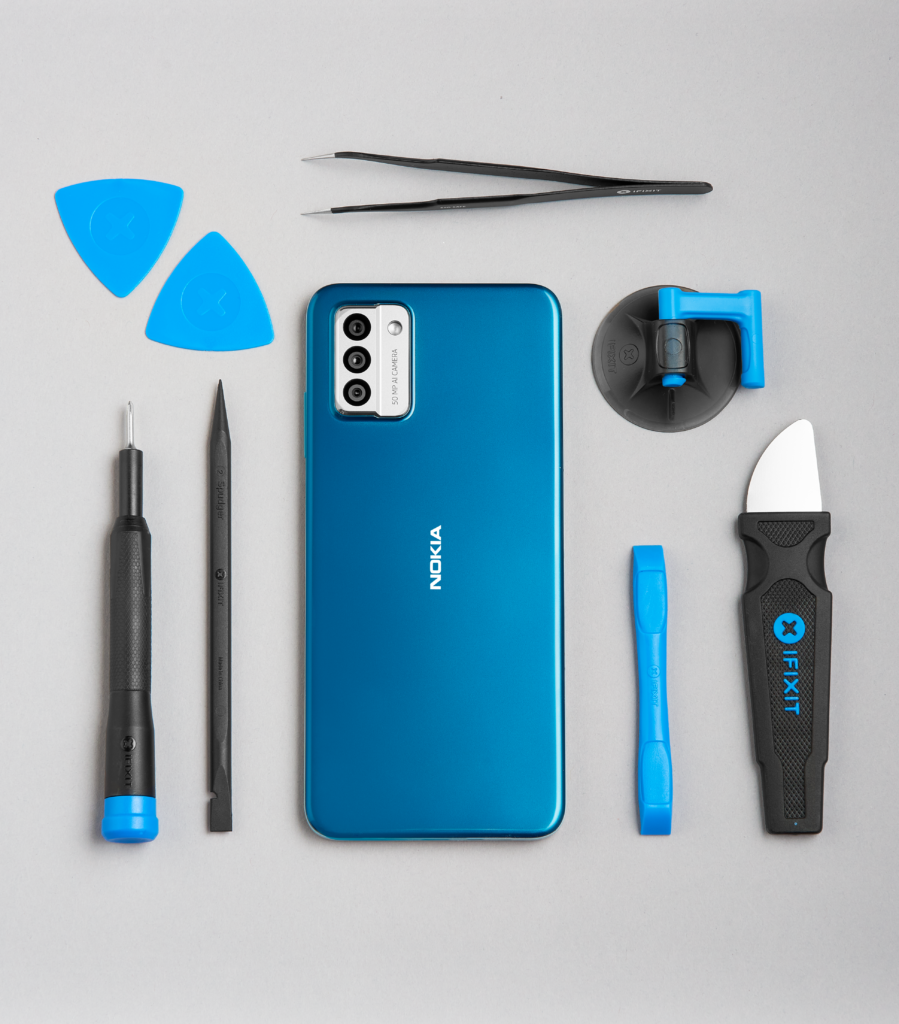
In fact, Nokia claims that you can swap out the battery in under 5 minutes using just a screwdriver and a guitar pick, while a screen replacement will take slightly longer at 20 minutes. The company has partnered with iFixIt to supply step-by-step guides and cheap replacement parts to make the process even easier.
So, if you like the idea of repairing your phone when it goes wrong rather than spending more for a new phone, the Nokia G22 is the one to go for.
Repairability aside, the general design of the Nokia G22 and the Nokia G21 are fairly similar. Both measure in at near-identical dimensions, though the G22 ditches the textured pattern on the rear of the G21 for a more simplistic look. Both sport similar rectangular camera housings, a USB-C port for charging and a 3.5mm headphone jack for wired audio connectivity.
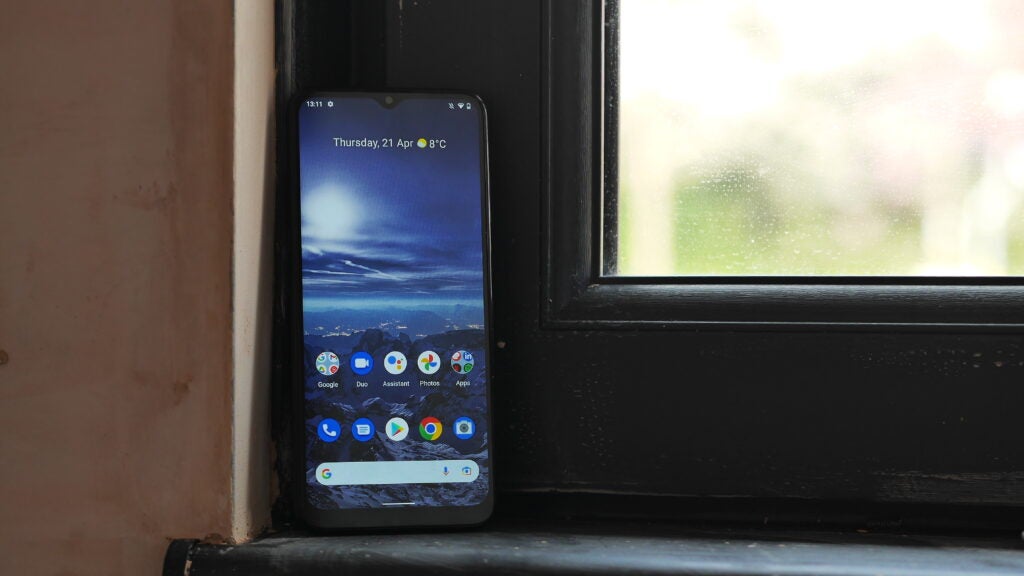
The other area where the G22 pulls away from its predecessor is durability, sporting the tougher Gorilla Glass 3 display protection and IP52 dust and splash resistance. Nokia claims that the phone can also be dropped more than most cheap competitors and continue to work, but that’s not something that’s easily confirmed – not without destroying a bunch of phones, anyway.
When it comes to the display, both offer the same 6.5-inch IPS LCD 90Hz HD+ display, though the G22 gets a smidge brighter at a maximum 500nits compared to the 400nits of its predecessor. Don’t expect much in the way of premium specs, but at such a cheap price point, it’s not really expected.
The only real win for the Nokia G21 is that it has ever so slightly thinner bezels than the G22, likely to do with the repairability factor of the newer model.
Cameras
While there are plenty of differences in the build of the phones, that doesn’t extend to the cameras, which are essentially the same across the two generations.
Whichever one you opt for you’ll get a 50MP main lens with a fairly wide f/1.8 aperture, flanked by a 2MP macro lens and a 2MP depth sensor that looks to help with portrait photography. That’s paired with a front-facing 8MP selfie snapper.
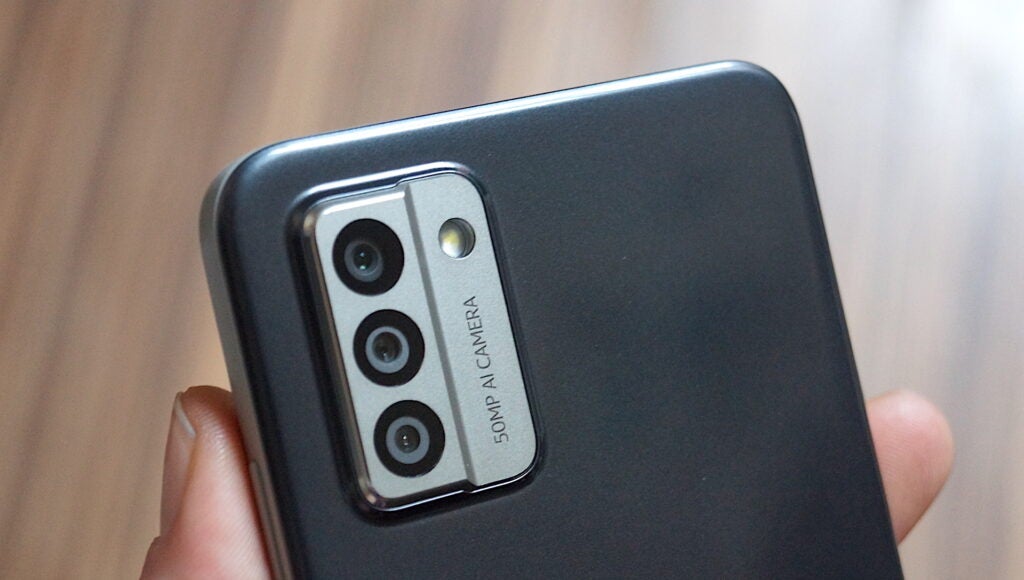
While the macro and depth lenses are essentially there to bump up the camera count and make the phone look more attractive, the 50MP snapper certainly looks decent – especially at the budget end of the market.
Nokia claims that it has improved its AI imaging with the newer Nokia G22, particularly when it comes to the Nokia-developed Night mode, though you shouldn’t expect flagship-level results. It also boasts enhanced OZO surround sound recording that aims to more accurately portray the sound of the environment in videos.
Performance
Much like with the cameras, both the Nokia G22 and the Nokia G21 sport the same Unisoc T606 chipset with 4GB of RAM and 64- or 128GB storage, though the newer G22 has a few tricks up its sleeve to boost performance a little further than its predecessor.
That comes in the form of virtual RAM extension, which essentially takes spare storage and uses it as RAM to boost performance. It’s a feature we’ve seen in plenty of mid-range and flagship models but it’s arguably in the budget space that it matters most. The difference between 12GB and 16GB of RAM is negligible, but it’s quite the opposite when comparing 4GB and 8GB of RAM.
That, combined with the (slightly) faster UFS 2.2 storage should allow the newer Nokia G22 to perform slightly better in everyday tasks than the older G21, but with a 12nm chipset, don’t expect to run high-end games.
It’s worth noting that both come with a microSD slot, allowing you to expand storage after purchase if need be. Both also offer Wi-Fi 5 and Bluetooth 5 support, but 5G enthusiasts should look elsewhere. They’re capped at 4G, but that’s not all too surprising given the budget-focused nature of the handsets.
The two phones are powered by large 5050mAh batteries, slightly larger than those found in the Galaxy S23 Ultra, with Nokia claiming that they’ll both last over a day on a single charge. Considering the relatively low resolution of the display and the budget-focused chipset, it’s entirely possible.
The G22 will charge slightly faster with 20W charging compared to the 18W of its predecessor, but regardless, it’ll likely take over two hours to charge such a large-capacity battery.
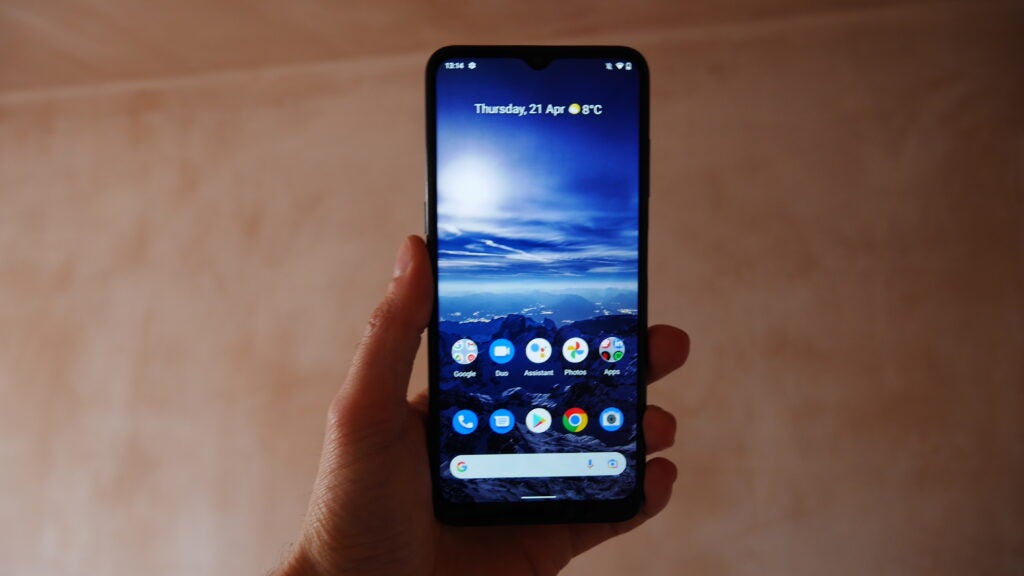
Where the two differ is in terms of software; but not in the way that you think. While the Nokia G21 initially shipped with Android 11, it has since had the upgrade to the latest version of the OS, Android 13.
The newer Nokia G22, on the other hand, ships with the year-old Android 12. I asked Nokia about this at a briefing and a rep explained that it’s essentially down to the extended development of the phone due to the repairable design, though I was reassured that it’d get the upgrade to Android 13 soon.
Verdict
The Nokia G22 is one of very few smartphones on the market that allows for easy repairs, and the partnership with iFixIt for guides and replacement parts further streamlines the process. That’s great not only for consumers but the planet, with fewer smartphones going to landfills every year.
However, if you look past the repairability of the G22, the two smartphones are near-identical. They sport the same cameras, the same processor and even the same battery capacity, with only minor differences – like faster UFS 2.2 storage and virtual RAM – to differentiate the newer model.
If you like the idea of repairing your phone when it goes wrong, the Nokia G22 is the one to go for, but if you simply want a basic phone with a decent camera and battery life, you could save yourself £50 and go for the Nokia G21.


